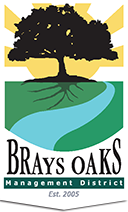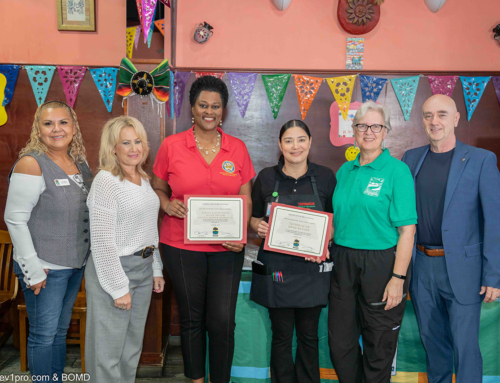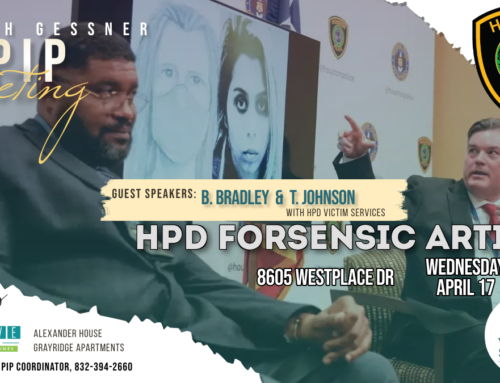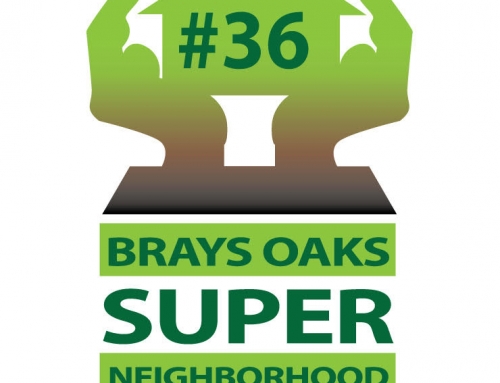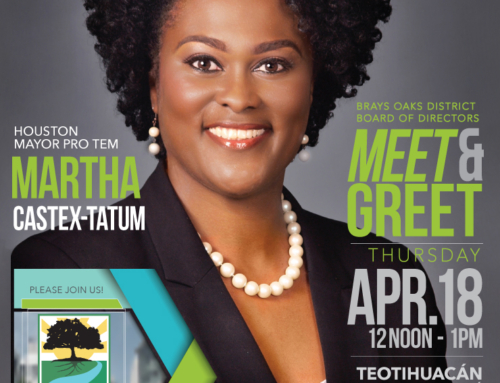Texas Parks and Wildlife (TPWD) will be holding an “information meeting” at the San Jacinto Monument on Thurs., February 11, at 6 pm, to tell stakeholders that the “Marsh Restoration, Phase II” is a fait accompli.
Your immediate help is needed! Please see “How can you help?” at the bottom of this alert.
The Situation
In our last email we sent you TPWD’s press release – now for the rest of the story:
The “Marsh Restoration Phase II” project will dump Houston Ship Channel dredged spoil on 101 acres of San Jacinto Battleground, including the historically sensitive Boggy Bayou area where Mexican soldiers fled during the battle. TPWD stated in its press release that the purpose of the project is to raise the ground surface of the lagoon in the south end of the battleground to make the lagoon look more like an 1836 marsh landscape. The spoil will be provided by a private contractor that is clearing an area near Barbour’s Cut, several miles downstream on the San Jacinto River.
The SJBC supports restoration of the battleground, including the marsh area in the south end of the battleground. But, it is only common sense to expect TPWD to first make an attempt, before the project is commenced:
- to locate and preserve battle artifacts at the site through an archeological survey,
- allow public consultation on the treatment of any Mexican soldier remains that could be affected,
- consider the potential toxicity of the dredged spoil on humans who will be using the restored site,
- and take appropriate precautions through public consultation to ensure that any changes in the current landscape will in fact restore rather than detract from the 1836 landscape.
Unfortunately, none of this has occurred!
Consider the following consequences of this project:
Thousands of priceless artifacts are believed to be undisturbed at this site, but no comprehensive archeological survey has ever been conducted to locate, preserve and protect them. TPWD’s plan to cover the site will endanger these artifacts and could render any archeological survey in the future impossible or potentially dangerous. TPWD is aware of this, but dismisses the concern by prejudging the value of the artifacts, saying they would not be helpful in interpreting the battle. This prejudged conclusion enabled TPWD to argue that this project will have “no adverse effects” on historic cultural resources, thereby clearing the project for approvals by Mark Wolfe (the State Historic Preservation Officer), the Texas Historical Commission (THC), and the US Corps of Engineers (COE) without any required archeological survey designed to locate and recover these artifacts.
What evidence did TPWD rely upon to prejudge the historic significance of artifacts that have yet to be located and preserved? Thus far, no answer has been received, but the conclusion that this project will have no adverse effects on historic cultural resources at the site is absurd and unsupported by any credible evidence.
TPWD says it prefers to allocate resources for archeological surveys to other parts of the battleground, but this makes no sense because the agency is refusing to allow private entities, such as SJBC, the opportunity to raise funds for any survey in the lagoon area before the site becomes potentially inaccessible for archeology.
Why is TPWD preventing privately funded archeological surveys? Thus far no answer has been provided.
The Texas Antiquities Code (Chapter 191 of the Texas Natural Resources Code) states that it is “the public policy and in the public interest of the State of Texas to locate, protect, and preserve all sites, objects, … and locations of historical, archeological, educational, or scientific interest….” This includes all “archeological sites of every character” and “treasure imbedded in the earth,” located “in, on, or under any of the land in the State of Texas… within the jurisdiction of the State of Texas.” Both TPWD and THC are required to comply with this law, but in this instance, both agencies are collaborating to prevent anyone from locating battle artifacts at this site while also endangering and possibly allowing their destruction underneath several feet of dredged spoil.
How can this position be reconciled with the public policy of the State of Texas? Answer: it can’t.
TPWD believes the site is a “mass grave” of Mexican soldiers and it would be best to leave those bodies undisturbed and made more inaccessible than they are now, by dumping dredged spoil over them. The reality is that nobody really knows if there are human remains at that site.
If remains do exist, why should TPWD be allowed make a permanent decision to treat them in this manner without public consultation? Are these remains really being respected by making them inaccessible, possibly forever?
TPWD claims it is ethically unacceptable to disturb human remains in state parks, but TPWD is in the process of implementing a 2005 cultural resources plan that calls for the exhumation and removal of two entire cemeteries in the northern section of the battleground (the De Zavala Cemetery and the San Jacinto Cemetery), solely for the sake of restoring that portion of the battleground.
Why is it ethically unacceptable for the state to potentially disturb the presumed remains of Mexican soldiers in the south end of the battlefield, but ethically acceptable and desirable for the state to disturb and remove the known remains of those buried in the northern end of the battlefield? Thus far, no answer has been provided.
This project is intended to provide visitors with the commendable objective of giving them a better visualization of the 1836 landscape, but an examination of the plans reveals that it will create more “marsh” than what was present in 1836, suggesting that this project has more to do with accommodating a specific quantity of a private contractor’s dredge spoil rather than an intent to restore marsh to its 1836 appearance with only the amount of spoil needed for restoration. THC has advised us that it did not review the historic fidelity of the project; consequently there has been no independent vetting to confirm that this project will be a true restoration in whole or in part. The creation of an excessive amount of marsh is not a true restoration.
Is there a hidden agenda for this project? If not, why can’t TPWD engage in public consultation and disclosure before the project commences, so that the project can be true to its purported restoration objective?
This project also calls for the construction of new levees at the site, a topographical feature that will result in a new intrusion on the landscape that will detract from the visual representation of the battle. In other words, a critical objective of this “restoration” project is to create levees that make the current landscape incompatible with its 1836 appearance.
Why are these levees necessary? Were any alternative containment methods considered? Why was public consultation on the method and accuracy of restoration prevented?
TPWD plans to build trails in the restored marsh and encourage visitors to use the marsh under the assumption that the spoil will not be contaminated. But the Environmental Protection Agency in December 2015 admitted publicly that the Superfund Site known as the San Jacinto Tar Pits, located north of the battleground on the San Jacinto River, has been leaking deadly dioxins into the river despite a protective cap designed to prevent leakage. TPWD has not determined if the dredge spoil for this project is contaminated with dioxins or any other material that is hazardous to humans and does not intend to test the spoil for human contaminants. There is no indication that dioxins have currently spread into the project marsh area which is adjacent to the river; therefore,the dumping of dredge spoil in this area could contaminate a part of the battleground that is not currently contaminated.
THC has advised us that it did not examine the issue of whether the spoil for this project is or could be toxic.
Why is TPWD avoiding this issue? And why wasn’t an environmental impact statement undertaken?
For additional information on dioxins in San Jacinto River, please read this announcement from the Harris County’s Attorney Office, issued December 22, 2015, and the link to the Fox 26 news story at the end of this announcement:
http://www.harriscountycao.org/news/2015/12/22/epa-says-dioxin-found-in-san-jacinto-waste-pits
Section 106 of the National Historic Preservation Act requires involvement of interested groups and individuals (called “consulting parties”) before this kind of project is started on historic properties. San Jacinto Battleground is a National Historic Landmark that is entitled to this protection under Section 106. All that is required to trigger public consultation under Section 106 is the “potential” of the project to impact historic cultural resources. Certainly that potential exists here – TPWD admits it. But the COE (the federal agency responsible to ensuring compliance with Section 106) thus far has refused to allow public consultation, and Mark Wolfe, the State Historic Preservation Officer and Executive Director of THC, has concurred that no public consultation will be permitted. TPWD could have allowed public participation regardless of Section 106, but intentionally decided against it. (In contrast, a Section 106 review with consulting parties was permitted by the US Navy with respect to the battleship restoration project, and by the National Highway Administration with respect to the proposed TPWD visitor center.)
Why wasn’t public consultation allowed for this project? The COE, the State Historic Preservation Officer, TPWD, and THC have effectively managed to avoid accountability and transparency for what they are doing to the battleground. They are hiding behind the beneficial sounding “restoration of the 1836 marshes” to avoid confronting the issues that are generating so much concern.
This project could result in potential long-term harm and damage to San Jacinto Battleground, battle artifacts, and other cultural resources, but the public has been denied a voice to help prevent this from happening.
This does not prevent those of us who care about this site from raising hell and letting all Texans know what is occurring and how our state and federal agencies have failed to honor both federal and state historic preservation laws that are designed to encourage public consultation and that require the location, protection and preservation of historical artifacts.
LISTEN to the latest episode (#127) of the “Come and Take It” podcast, a talk show about Texas history and culture, featuring this project: http://brainstaple.com/assets/audio/CATI-127-SanJacintoBattlefieldConservation.mp3 or visit and click home http://brainstaple.com.
How can you help?
-
Let your state representative, state senator, Governor Abbott, Lieutenant Governor Patrick, House Speaker Strauss, as well as your Congressman and US Senators Cornyn and Cruz know about this project and your objection to it.
Send them this announcement. Call Gov. Abbott’s office at 512-463-2000 or 800-843-5789 to leave a message or go to this website to see how to reach him online: https://gov.texas.gov/contact/. Your state legislative officials’ email, fax, and phone can be found on http://www.capitol.state.tx.us/. Our US Senators’ contact info can be found at http://www.senate.gov/.
-
Come to the meeting Thursday, February 11 at 6 pm, at the San Jacinto Monument and let TPWD know how you feel about this project. TPWD will control the meeting and it is possible they will not allow any questions, but being there to express disapproval will help.
-
Third, please circulate this email to your friends and those interested in Texas history.
If we cannot save this part of San Jacinto because of the wrongful actions of our federal and state government, then a movement needs to start to strengthen our federal and state historic preservation laws to prevent this from ever happening again, at San Jacinto or any other Texas historic site.
